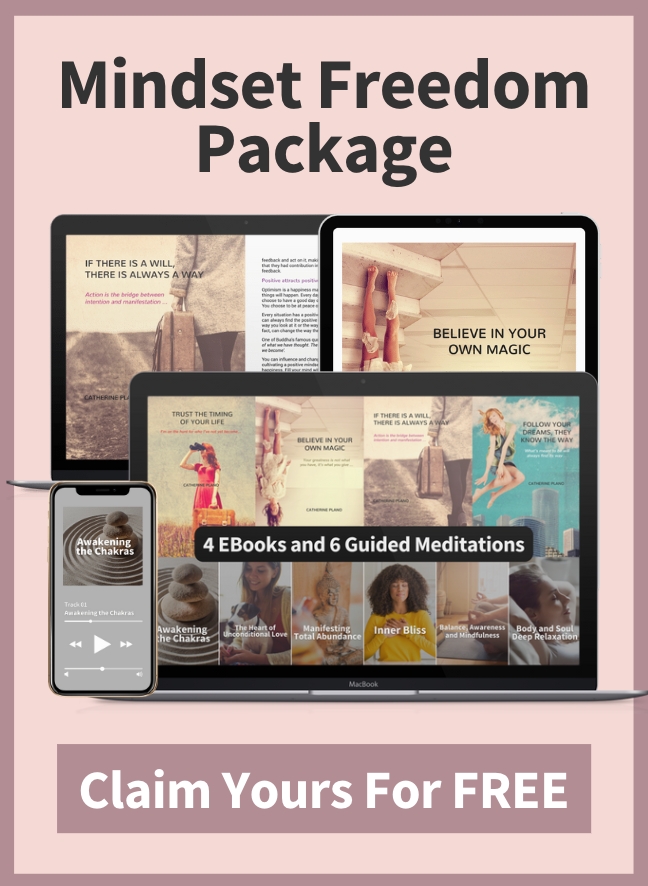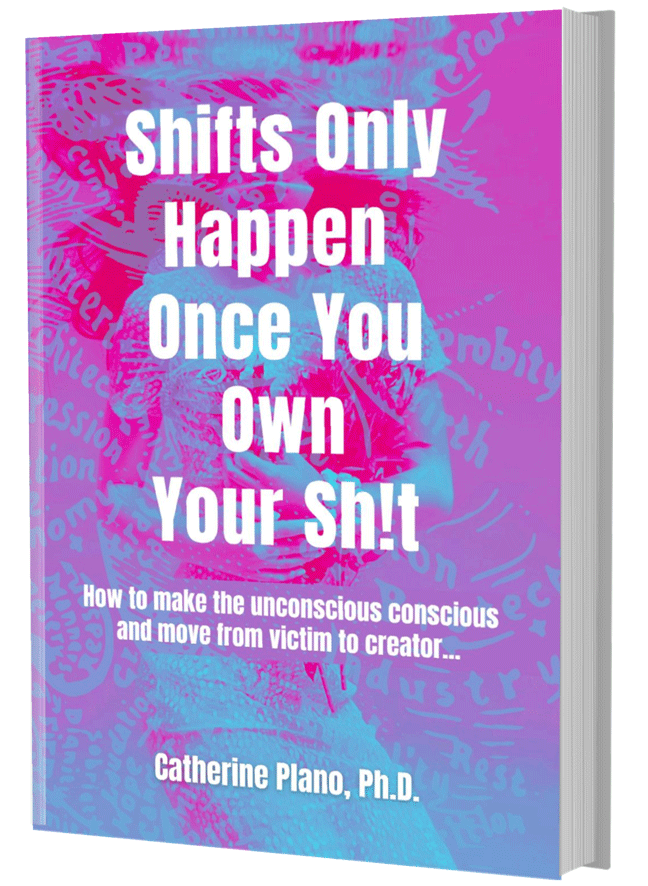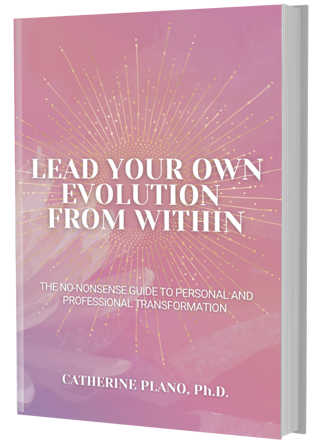Neuroscience research tells us that 90% of the thoughts that run through our minds daily are negative. Ahem. And wait for it… they are aimed at ourselves.
FEAR is one of the main reasons why we have so many negative thoughts running through our minds.
FEAR = False Evidence Appearing Real
We just think that fear exists. It is a product of our thinking and our perception or interpretation of an outcome. Fears are just stories we tell ourselves.
The compelling fact about fear is that it can be innate or it can be learned. You might think that an innate fear is something like a fear of public speaking, but when you analyse it, the fear is not of public speaking, but fear of rejection. Research suggests that fear of public speaking can stem from poor self-image.
Learned fears are fears that we take on from our parents, siblings, friends, movies or things we have heard on the radio – those strong influences from when we were growing up.
When we look at the real meaning of our fears, (and I say this from experience – every time I have a deep and meaningful conversation with my fears, it is quite insightful), often they are only masks for something else.
It’s important to realise at some point that we can’t run away from our fears forever. The more we push them away, the stronger they become and in many cases, the more irrational they become. In some people fears can get so out of control that they escalate into phobias and that’s when they becomes seriously debilitating.
Facing your fears means asking yourself what you’re really afraid of.
And then ask yourself what it means.
We all mask our fears with layers of reasons and excuses … and these help us to explain and justify to ourselves the things we do or why we are the way we are …. But when we look at our fears carefully, they are actually quite absurd and when you have the courage to face even your deepest fears, then fear has no power over you. This can be wonderfully freeing.
I believe you can reinvent yourself by changing your fears!
The classic response to fear is fight, freeze or flight. This is an automatic response that occurs in the amygdala, (an almond-shaped set of neurons in the brain). Remember, your brain’s primary function is to protect you, so it is no wonder it responds this way! But I believe that it’s possible to change the way we think about fear, and the way we respond to it.
But, before you can work with your fears, you have to be aware of:
- What your fears are
- Why you feel afraid of these things
- What your fear is preventing you from doing or becoming?
Here’s a long list of fears. It’s by no means exhaustive, but it might help you to pinpoint what it is that you’re really afraid of. And then you can explore how this fear came about in your life. Can you remember a time when you were not afraid of this particular thing? Was there an event in your life that triggered this fear? How long has it persisted? Are there times when it becomes more pronounced?
- Failure
- Success
- Emotional pain
- Embarrassment
- Loneliness
- Disappointment
- Unworthiness
- Physical pain
- Rejection
- Misery
- Judgment (being judged)
- Not being good enough
- Criticism
- Loss
- Intimacy
- Mistakes
- Being unlovable
- Being vulnerable
- Expressing your true feelings
- Standing in your truth
- Being let down
- Being misunderstood
- Poverty
- Being reliant / trusting others
- Illness
- Not knowing what comes next / doing something different
- Death
Once you have defined your fear and why it exists for you, ask yourself:
- What are the consequences of keeping this fear?
- What will happen if I do nothing about this fear?
- What is this fear really costing me?’
Doing this exercise, will help to give you some insights into overcoming fear.
Imagine what would your life be like without this fear. Ask yourself how things will be different once this fear is gone …
You will need to take time with this and really engage because the more strongly you can connect with the fear as well as the sense of pleasure that will result when you change the fear, the easier it will be to make the transition.
To transform your fears, you have to find and understand the obstacles that are standing in your way. You can deal with these obstacles because you have all of the resources you need within yourself to make significant and permanent change.
Remember … to gain complete control you need to plan for a 21-day ‘create-change-course-of-action’!





